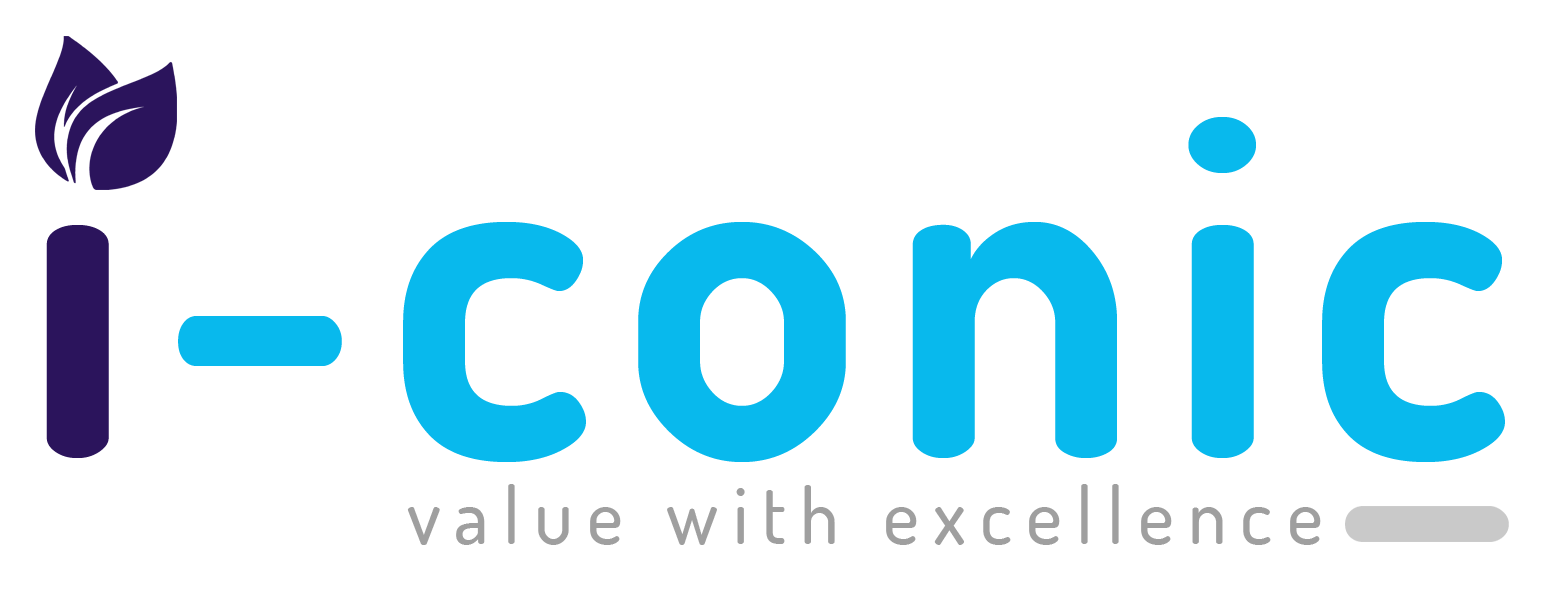Accurate billing for Durable Medical Equipment (DME) is vital for healthcare providers. It’s not just about ensuring timely payment; it’s also about maintaining financial stability, which directly impacts a provider’s ability to deliver essential care to patients relying on equipment like wheelchairs or oxygen.
Medicare and Medicaid have established stringent rules for DME billing. Adhering strictly to these regulations is paramount to avoid penalties, prevent claim denials, and uphold the integrity of these critical healthcare programs. A clear understanding of these requirements is fundamental for providers to establish efficient and compliant DME billing practices.
This blog post will delve into the essential regulations governing Medicare and Medicaid DME billing that every provider needs to know.
Medicare DME Billing Essentials
Coverage under Part B: Durable Medical Equipment falls primarily under the medical benefits of Medicare Part B. This coverage includes a range of essential items such as manual and power wheelchairs, oxygen tanks, hospital beds, and other devices necessary for a patient’s safety, mobility, or overall health management at home. Medicare coverage is typically limited to items deemed medically necessary for treating an illness or injury.
Crucial Documentation: Providers must back up all Medicare DME claims with robust documentation proving medical necessity. This requires a detailed written order or prescription from the treating physician or other qualified healthcare provider. The documentation should clearly state the patient’s diagnosis, the specific DME required, and how the equipment will benefit the patient’s health and treatment plan. It must clearly demonstrate the equipment’s integral role in the patient’s care.
Prior Authorization for Certain Items: For specific high-cost DME, such as certain power wheelchairs, providers must obtain prior authorization from Medicare before furnishing the equipment. Mandated by the Centers for Medicare & Medicaid Services (CMS), this step confirms that the requested item meets medical necessity criteria and program guidelines. If a prior authorization request is denied, the provider must not provide the equipment and should follow the established appeals process if they believe the denial is incorrect.
Rules on Repairs: Medicare may cover repairs for DME owned by a beneficiary, provided the original purchase was medically necessary and the repair itself is considered reasonable and necessary to make the equipment functional again. However, Medicare will generally not pay to repair equipment that is no longer functional or was never deemed medically necessary for the patient’s condition. Providers must ensure repairs align with the DME’s functional status and meet Medicare’s maintenance requirements.
National Coverage Determinations (NCDs): CMS issues National Coverage Determinations (NCDs) to specify whether particular DME items or services are covered under Medicare nationwide. These determinations are binding on all Medicare Administrative Contractors (MACs) and provide clear criteria for coverage decisions for specific types of equipment or services. Familiarizing yourself with relevant NCDs helps clarify what Medicare covers.
Local Coverage Determinations (LCDs): In addition to national rules, Medicare Administrative Contractors (MACs) issue Local Coverage Determinations (LCDs). These regional policies provide more specific guidance on DME coverage based on local medical practices and interpretation of Medicare rules within a particular service area. Providers must understand both applicable NCDs and LCDs in their region to bill correctly and minimize improper claim denials.
Medicaid DME Billing Considerations
State-Specific Variations Unlike Medicare, Medicaid’s coverage for DME is not standardized across the United States. Each state administers its own Medicaid program, leading to significant variations in benefits offered. Coverage for specific DME items can differ considerably from one state to another. Providers must be thoroughly familiar with the specific Medicaid policies of the state where they practice to ensure the equipment they provide is covered by the state’s program.
Mandatory vs. Optional Benefits Medicaid benefits are categorized as either mandatory (services states must provide under federal law) or optional (services states can choose to offer). While some DME aspects might fall under mandatory services, many types of DME are optional benefits. States have discretion on whether to include these optional DME items in their programs and may impose additional requirements or limitations on coverage.
Coordination of Benefits (COB), Medicaid typically functions as the payer of last resort. This means providers must first bill any other available insurance coverage (like private insurance or Medicare) before submitting a claim to Medicaid. If a patient has secondary insurance, the primary payer is responsible for processing the claim first. Medicaid will then cover any remaining eligible costs, up to its own payment limits. Understanding the correct billing sequence is essential to avoid payment delays.
State-Specific Billing Rules Because Medicaid programs are managed at the state level, each state’s Medicaid agency sets its own specific rules and procedures for DME billing. These include unique requirements for claim submission, necessary documentation, and deadlines for filing claims. Providers must stay informed about the particular rules of the state where they are submitting claims to ensure all procedural requirements are met.
Enhanced Benefits for Children (EPSDT) The Early and Periodic Screening, Diagnostic, and Treatment (EPSDT) program provides expanded healthcare benefits for Medicaid-eligible children and adolescents under age 21. Under EPSDT, states are required to cover medically necessary services, including DME, needed to correct or improve physical or mental health conditions. This often results in broader coverage for DME items compared to standard adult Medicaid benefits, particularly for pediatric needs. Providers should utilize EPSDT guidelines when billing for children’s DME requirements, as it can facilitate access to a wider range of necessary equipment.
Conclusion
Mastering Medicare and Medicaid DME billing regulations is fundamental for ensuring accurate reimbursement, maintaining compliance, and effectively providing quality care to patients. By staying current with evolving guidelines, understanding detailed coding requirements, and implementing robust best practices, providers can confidently navigate the complexities of DME billing. Leveraging technology and streamlining internal processes can also significantly reduce errors and mitigate audit risks. Furthermore, for providers seeking to optimize their DME billing process and enhance compliance, outsourcing DME billing and coding to experts like I-conic Solutions Billing Services can provide customized solutions, ongoing support, and valuable compliance auditing.






